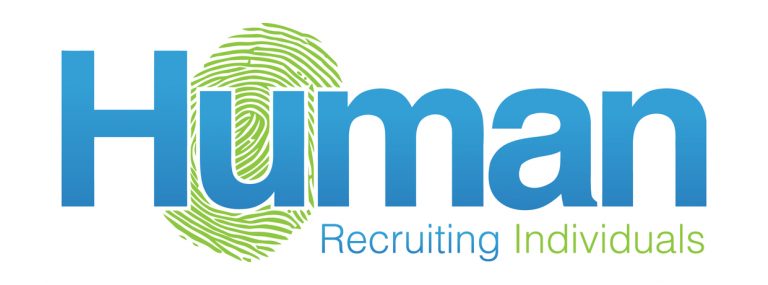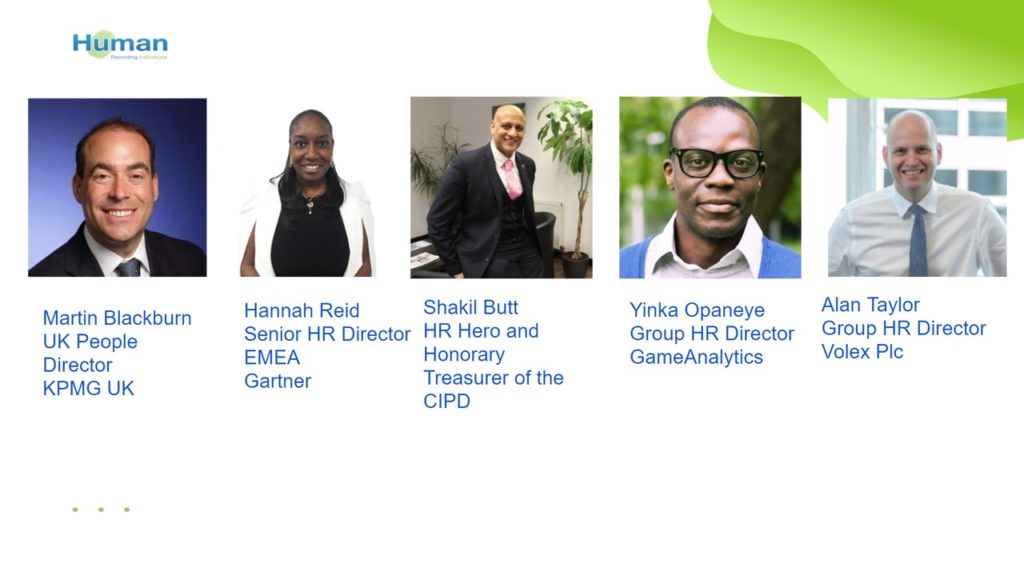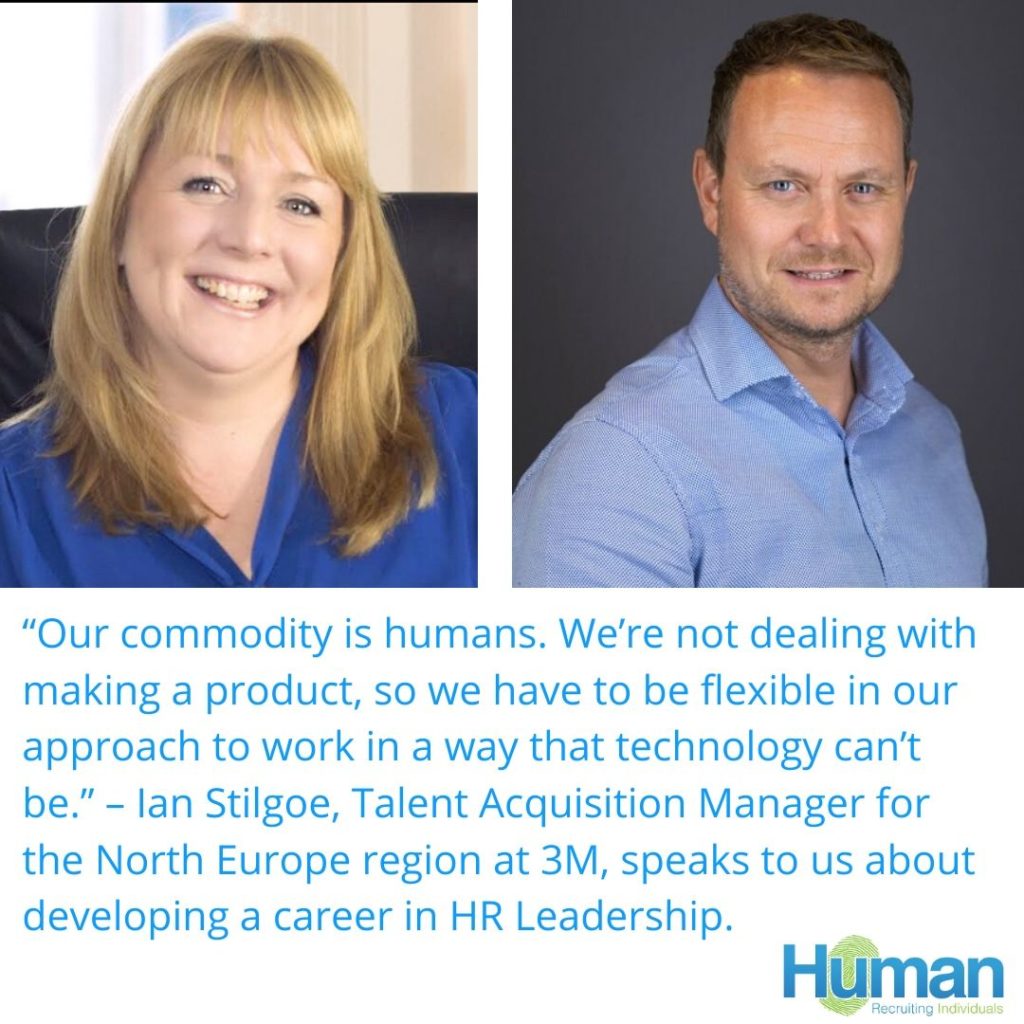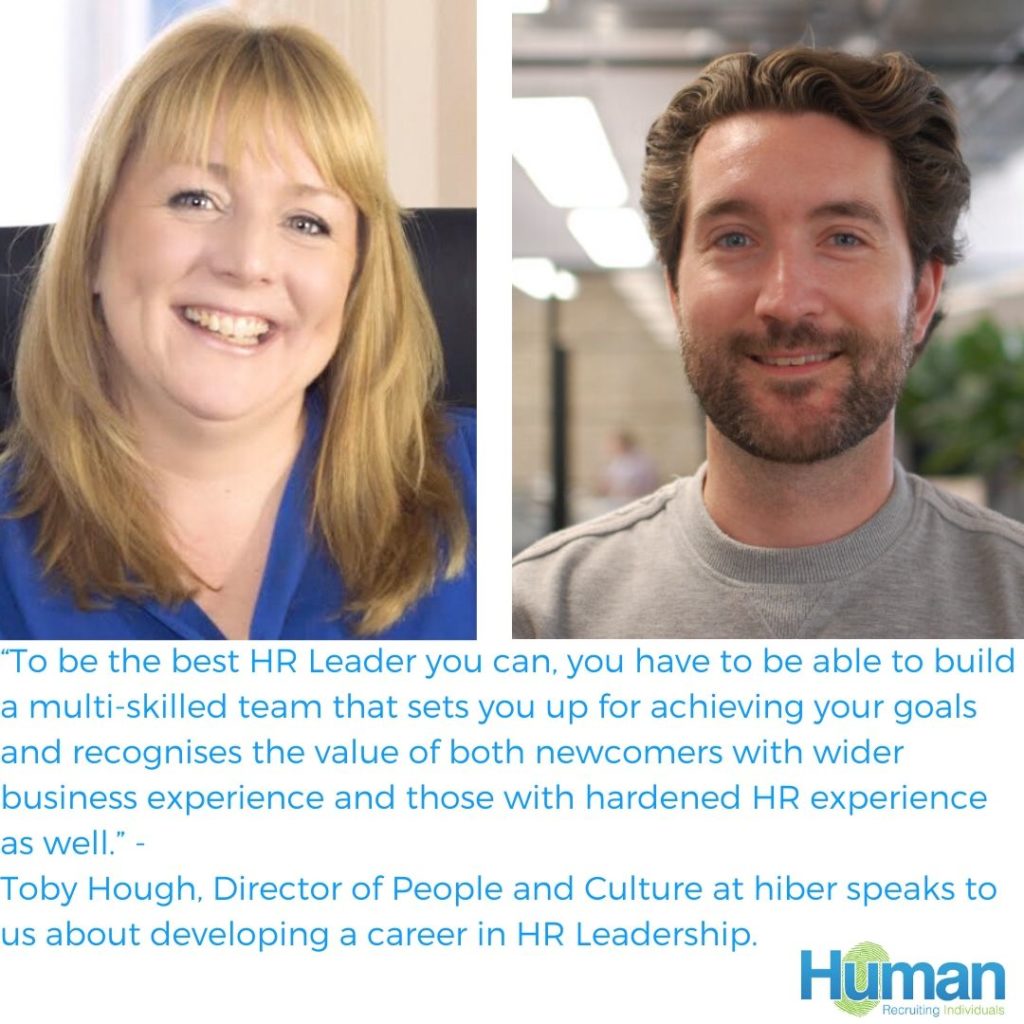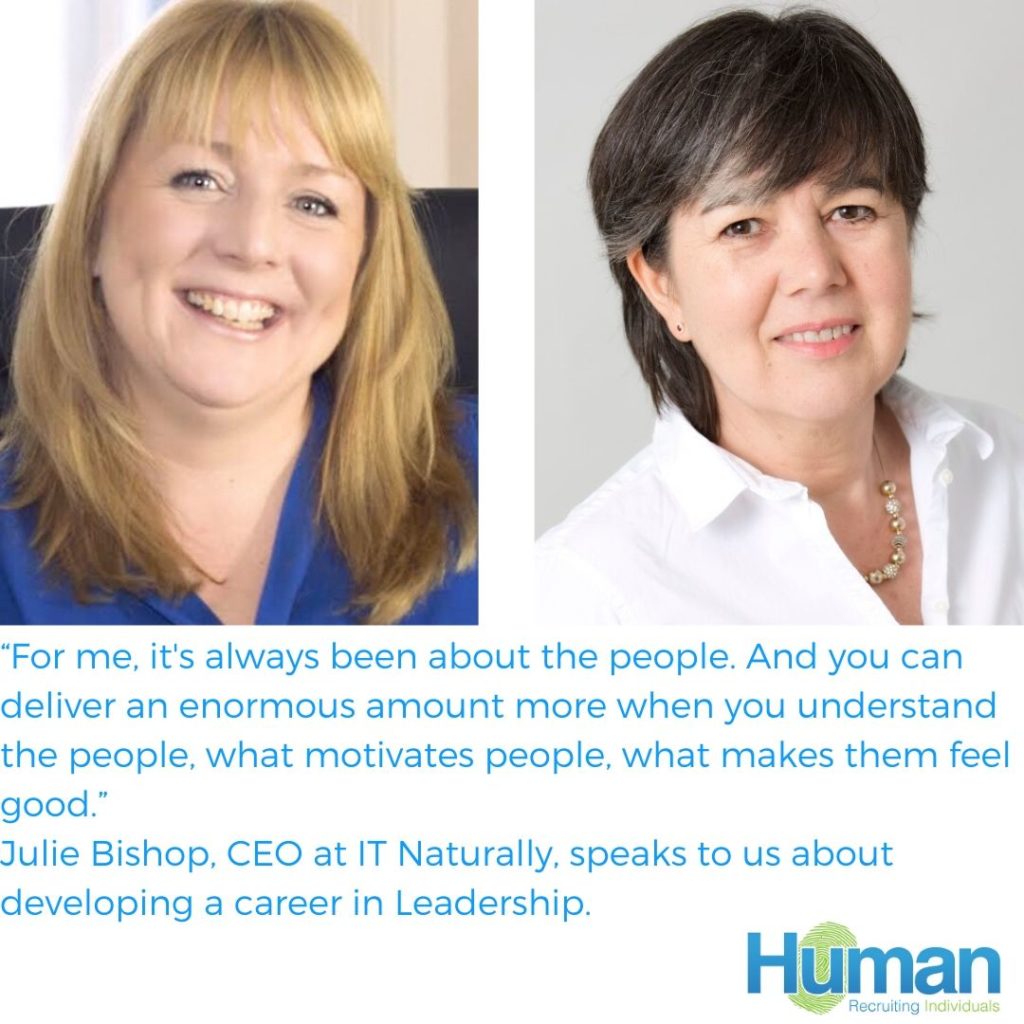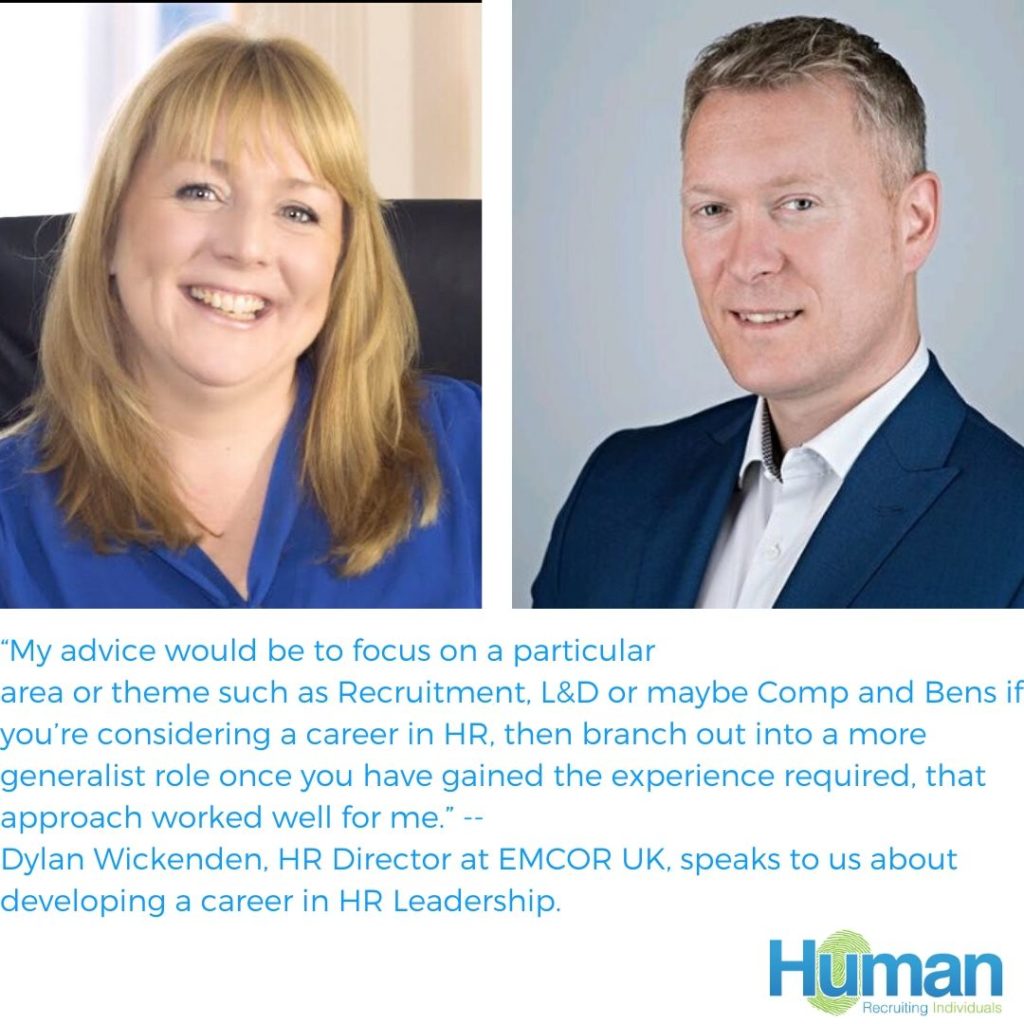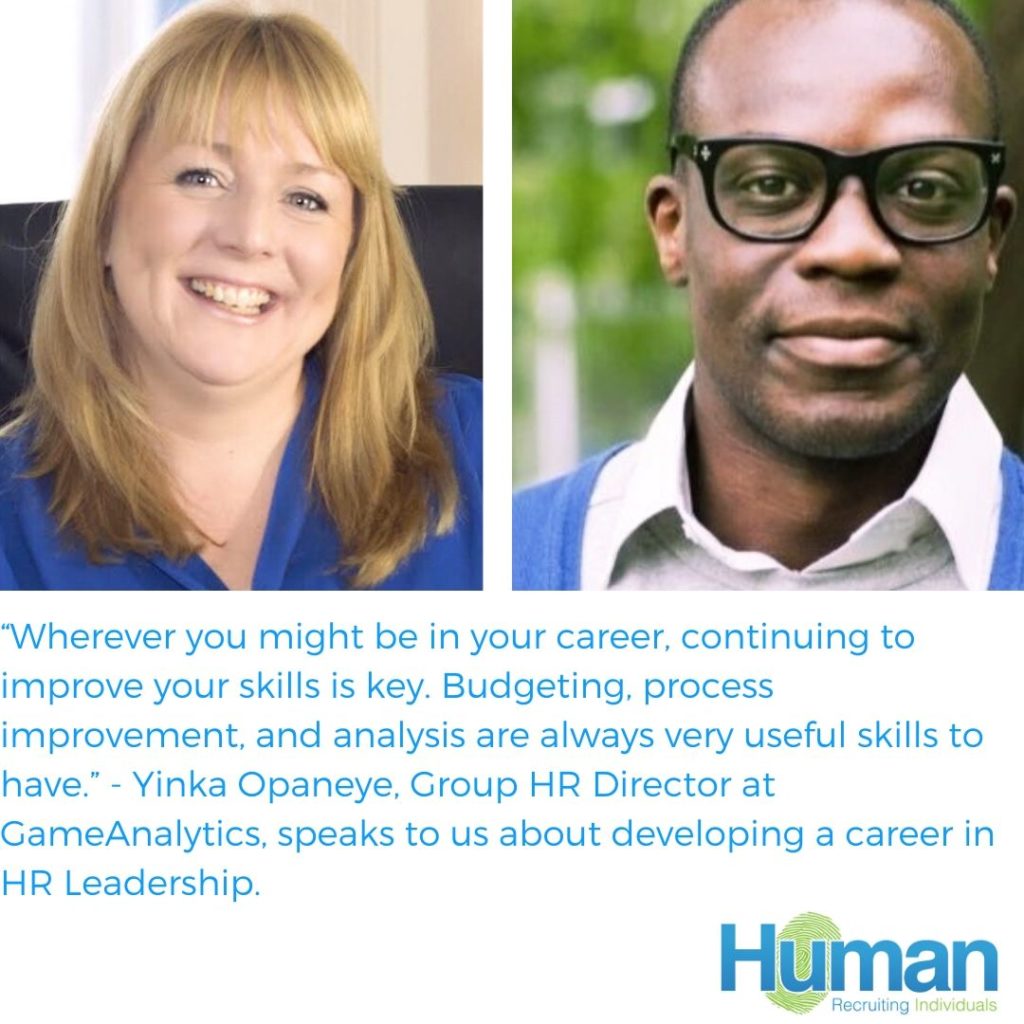“For me, it’s always been about the people. And you can deliver an enormous amount more when you understand the people, what motivates people, what makes them feel good.” — Julie Bishop, CEO at IT Naturally, speaks to us about developing a career in Leadership. As part of our commitment to supporting candidates to develop fulfilling careers, we’ve invited some HR Leaders to share the secrets of their success. This week, we had a great conversation with Julie Bishop from IT Naturally, who began her career as a business analyst for the Metropolitan Police, and went on to her first leadership role as Head of IT at British Airlines, before founding her own company with a partner. Would you say you were always destined for leadership, or was it more of an organic process? I did some leadership training at British Telecom and went to some workshops. We were put into teams of eight people, and I was the youngest in the team, and also the only woman. After the various activities, we were asked to offer feedback. I was the last to give feedback, and to a person in my team, they had said that they’d wanted me take a lot more leadership than I had. They’d seen me as leader, which was a bit of a surprise. I was in my twenties and most of the guys were somewhere in their late thirties, and some in their forties or fifties. It was quite the shock for me to hear these people say: “No, we wanted you to lead.” I had a friend who was looking for business analysts at BA, so I went over to British Airways, and then my roles just got bigger and bigger. I’ve had a very unplanned career. At British Airways they were reducing the number of employees. Not the cabin crew or pilots, but the rest of the organisation. But every time British Airways downsized, I got a bigger job with even greater responsibility. Eventually, one of my colleagues who left to become the CIO of Eithad Airways said “Why don’t you come work for me in Abu Dhabi?”My role at British Airways had come to an end and it was a great opportunity so I took it. While I was there I became the CIO’s deputy and so whenever the CIO was away, I was running the shop. When the CIO left, who was very much my sponsor, I knew it was time for me to go as well, and Cathay Pacific Airways made me an offer, it was very unexpected and I’d never been to Hong Kong but seemed a great opportunity so I took it. I was there on a two year contract. Eventually, after that ended, I worked at Thomas Cook for a while, until it went into liquidation, and then set up IT Naturally with my partner. So what’s the plan now with IT Naturally, what clients are you looking for? We have 30 employees so far, and we’re gradually getting new clients. I was in Mexico a couple of weeks ago, getting in touch with an airline out there, and actually I’ve been in touch with them today, so we’ll hopefully do some work for them. We look after IT infrastructure. We look after data centers, and networks, and security and all of the sort of foundational elements for IT. We don’t work specifically with the applications. We’re just making sure that everything works underneath that, and that it’s safe, and secure, and we reduce costs for our customers. What I’ve done a few times, as has my partner, is go into organisations where they’re spending an enormous amount on their infrastructure. And once you go in, you find you can turn off some of it. Many things are no longer used and they can be switched off. We can go in and understand it then sort it out, we can put it on far newer infrastructure, far more secure. We have a 24×7 help desk in the UK, and we’re supporting 24×7 companies. We run their IT Infrastructure and we transform it for them. And you can usually cut a large part of the cost of your infrastructure if you do it right. It’s scary how much money people throw away on their infrastructure and how insecure it actually is, and how not compliant with the legislation. Nearly every company that hasn’t invested can save a lot of money if they do it right. So, that’s all we’re looking for. We’re looking for companies that probably have more than a thousand employees; that sort of scale, so that we can go in, simplify their infrastructure, turn what they don’t need off, and then transform what they need, often putting it in the cloud and run the infrastructure for them. How do you find leadership to be different now that you have your own company? It isn’t as different as I thought it would be. I’ve always deeply cared about what I do and I’ve always really been a downwards leader. I would always spend a lot more time managing my team and managing the output than I would managing upwards. Of course you have to do some managing upwards. It’s key as a leader to manage upwards. But for me, it’s always been about the people. And you can deliver an enormous amount more when you understand the people, what motivates people, what makes them feel good. For example in Hong Kong I introduced a person of the month, which would not work in all environments. We put a post on the wall where their photo would be and they’d get a certificate, presented to them in the theatre, all their family knew about it, they were rightly so proud. The key thing for me as a leader is understanding what motivates people, and then work with those
